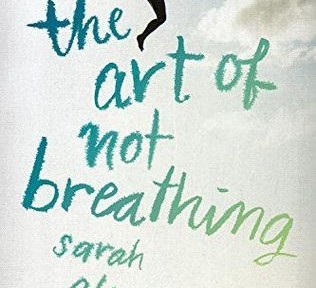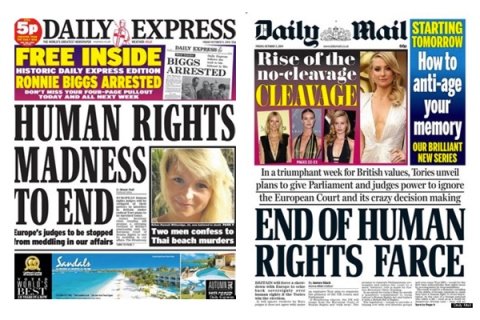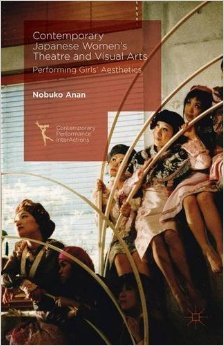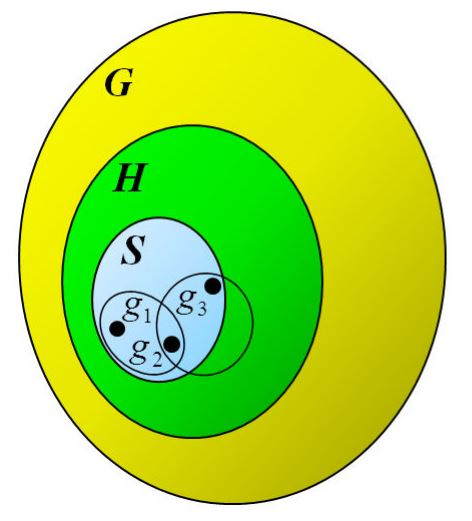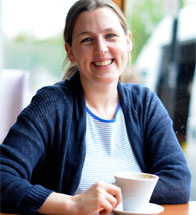This post was contributed by Melanie Jones, of The Mechanics’ Institute Review. This month the Birkbeck Creative Writing department launched its new website The Mechanics’ Institute Review Online. This year marks a huge success for the Creative Writing MA as ten alumni have novels coming out this year.
To celebrate these achievements we will be profiling a selection of the authors and extracts from their upcoming novels will appear on MIROnline. Here, Melanie Jones speaks with alumna Sarah Alexander, about her novel, ‘The Art of Not Breathing’. (HMH Books for Young Readers, April 2016)
Read an extract of the book at MIROnline
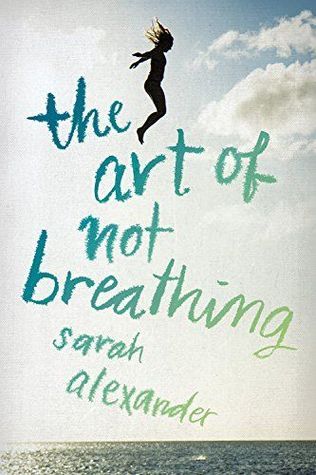 MJ: First of all I want to say congratulations on the upcoming release of The Art of Not Breathing. Can you tell us a little bit about where the idea for this story first came from?
MJ: First of all I want to say congratulations on the upcoming release of The Art of Not Breathing. Can you tell us a little bit about where the idea for this story first came from?
SA: Thank you! Hmm, I’ve been thinking about this question a lot recently, and I still haven’t nailed the answer. It’s hard to describe where the idea came from because the process was so organic. Some of the original ideas are no longer part of the story, and others have grown into something I couldn’t have imagined at the beginning.
The novel is a patchwork of many ideas and themes that I’ve previously tried to put into novels, but the actual story idea came from my main character, Elsie. She popped into my head one day. I knew she and her family had been through tough times and that they didn’t talk much about the past. I wanted to write about a family who’d had a complete communication breakdown, and whether they could recover.
What was it that drew you to Young Adult Fiction? Did you always know that this was the genre that you wanted to write in?
Books were my security blanket when I was at school but somewhere between adolescence and adulthood, I lost my zest for reading. As a grown-up who wanted to write but didn’t know what to read, I thought back to the books I read as a child and teenager, the ones that inspired me to write in the first place, and I chose the Young Adult module on the MA as a way of reconnecting with my teenage love of literature. As soon as I started writing from a teen perspective it all clicked into place.
There are lots of different approaches to the process of writing. Do you have a particular routine?
I don’t really have a routine; I do whatever I can around my day job, so it varies. It helps to mix it up a bit – sometimes I’ll write every day in 45-minute sprints before I start work and other times I’ll do marathon weekend sessions. The only constant is that I always write on a computer. I do make notes on my phone and Post-it notes but when it comes to putting it all together I need a keyboard because my handwriting is atrocious. I’m sure I’ve let go of ingenious ideas because my notes are illegible.
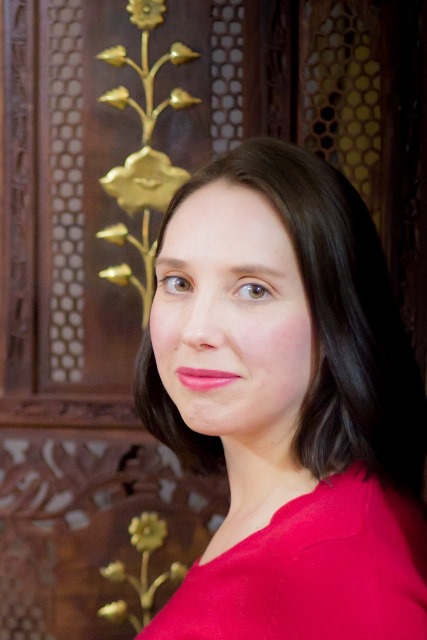
Sarah Alexander
You completed your MA at Birkbeck in 2013, do you have any advice for other students of Creative Writing?
With any course, the more you put into it, the more you get out of it. I don’t just mean working hard on assignments, I mean immersing yourself in everything related to the course – go to spoken word nights, socialise with other writers (this is probably the most important one!), challenge yourself and your writing – do something out of your comfort zone, go to author talks and events, ask for book recommendations from people who have different reading interests, have fun.
Some writers work with writing groups and have groups of first readers, others prefer to put the work together before sharing it. How have other writers played a part in your writing life?
I started writing The Art of Not Breathing during my MA so I workshopped the first few thousand words with other writers on the course and this was hugely valuable. I don’t know if I’d have had the courage to finish it without the constructive feedback I got from those workshops. Plus, I learned a lot from reading other writers’ work. Once the course had finished, though, I retreated into my personal writing bubble, afraid of what people would think of my story, never quite ready to share. With Book 2, it’s different. I want people to read it – even the early raw drafts, because readers are the reason books get written.
What has been the most exciting part of the journey to publication?
Getting to know the publishing and book community. Once I’d got my book deal, I emerged from my solitary writing bubble and discovered a whole online (and real life) community of writing folks who just wanted to talk about books and writing. I wasn’t a big a big social media user before, so I had missed out on all of this – I really wish I’d embraced it earlier. It’s great to have such a supportive network of other writers and book people. Bad for my bank balance, though – so many brilliant recommendations.
Your bio tells us that you’ve worked as a “tomato picker, travel consultant, mental-health support worker and suitcase administrator”. Do you think it’s important for writers to have a varied history to draw upon?
I was about to say that I don’t think tomato picking has helped much with my writing but then I remembered I wrote a short story about it – it was pretty dark. I might share it one day. It’s important to understand people, places and things outside your day-to-day environment but perhaps the way you draw from your experiences is more important than the actual experience.
A wise professor once said to me, ‘Whatever you write, it has to be interesting.’ This is, of course, subjective, but it got me thinking about how narrow my personal interests were. New experiences help to broaden my knowledge and provide different perspectives on the world. Other people’s books are also an excellent source of interesting things!
Can you tell us about your current writing? What’s next?
I’m working on another standalone YA novel. I can’t say too much, but I am very excited about it. I’m also sketching out two other novels so watch this space! I’m desperately trying to find time to write more short stories too – I miss this part of the MA.
Find out more
Sarah Alexander grew up in London with dreams of exploring the world and writing stories. After spending several years wandering the globe and getting into all sorts of scrapes, she returned to London to complete a Master’s degree in Creative Writing at Birkbeck College in 2013. She works in publishing and lives with her husband and two chickens. THE ART OF NOT BREATHING is her first novel. You can find her on her website www.sarahalexanderwrites.com or on Twitter @SarahRAlexander.

Melanie Jones
Melanie Jones graduated from the Birkbeck Creative Writing MA in 2015. She is the Managing Editor of MIROnline and a member of the MIRLive Team. She was a member of the editorial team for The Mechanics’ Institute Review, Issue 12.

